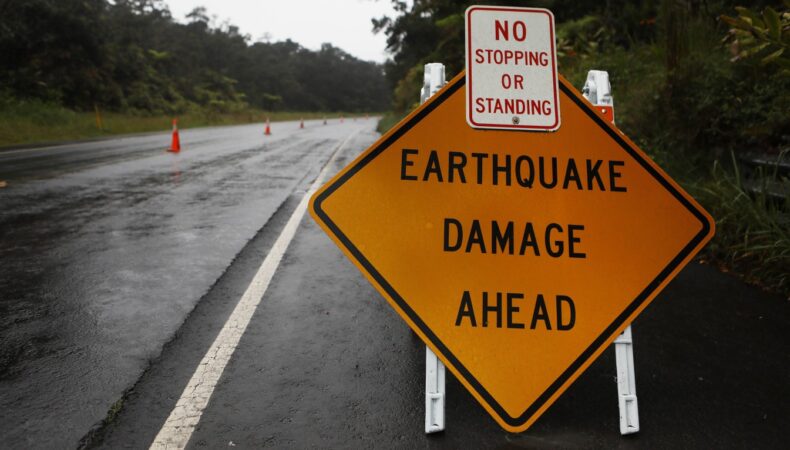Contrary to widespread belief, one of the nation’s most perilous earthquake faults is not situated within the borders of California, but farther to the middle of the continental United States. This fault line, known as the New Madrid Seismic Zone, poses a credible threat due to its potential for high magnitude quakes.
The New Madrid Seismic Zone spans several states including Arkansas, Illinois, Indiana, Kentucky, Missouri, and Tennessee. It’s regarded by geologists and seismologists as one of the most hazardous in the country due to its history of generating powerful earthquakes. In the winter of 1811-1812, the fault line produced a series of quakes so severe they caused the Mississippi River to temporarily reverse its course.
Unlike the more commonly-discussed San Andreas fault in California, attending challenges make the New Madrid Seismic Zone uniquely treacherous. Unlike California’s fault lines which are largely located in remote or less densely populated areas, the New Madrid Seismic Zone runs through populous regions, significantly increasing the potential for catastrophic damage.
Adding to the risk is the lack of stringent earthquake building codes in these Midwestern states, compared to standards practiced in California. Few Midwestern cities have seen significant efforts to reinforce existing structures to withstand an earthquake.
According to a 2008 FEMA report, an earthquake in the central US could result in “the highest economic losses due to a natural disaster in the United States,” and subsequently provoke a substantial increase in nationwide economic disruption. The conditions of the New Madrid Seismic Zone and the surrounding infrastructure present a critical reason for increased effort and expenditure in earthquake preparedness.
While it’s challenging to accurately predict earthquake occurrences, the US Geological Survey (USGS) estimates that the probability for an earthquake of magnitude 6.0 or greater occurring in the next 50 years is 25-40% in the New Madrid Seismic Zone. The advent of this devastating natural disaster is not a question of if, but when. Thus, the need for improved preparedness measures in the central US becomes all the more pressing.
In light of these findings, there’s a perceptible call for heightened government intervention to increase seismic preparedness measures, allocate funding for structural reinforcements, and revise building codes. Though California generally receives most of the attention when it comes to earthquake hazards, this latest information underscores that seismic risks are not exclusive to the Golden State.
The USGS, along with other researchers, continue to monitor the New Madrid Seismic Zone, striving to learn more about this underestimated fault line. Their findings will indubitably prove crucial in preventative measures and preparedness for the high-risk fault line’s inevitable future seismic activity.
Last modified: January 21, 2025


